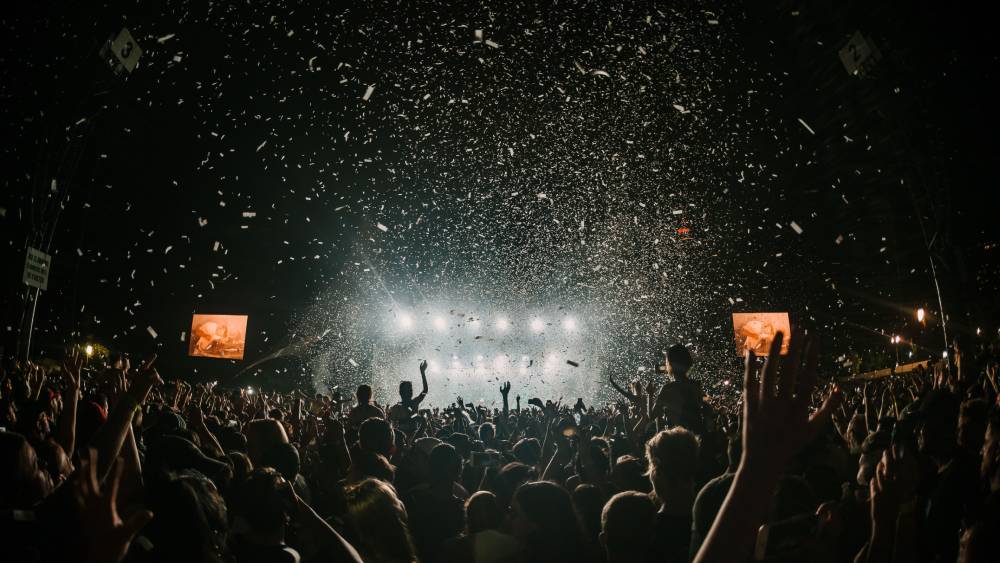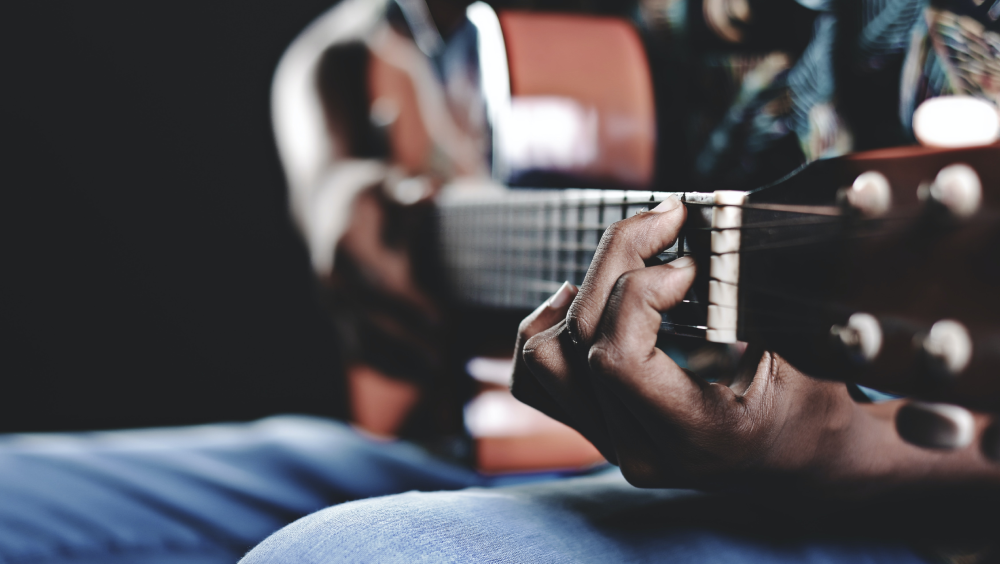Building yourself up as an artist is no easy thing. Between fostering a strong social media presence, acting as your own booking agent and chasing up opportunities where you can, time and energy naturally dwindles. But no artist is an island; you exist within a rich ecosystem in the form of your local scene.
A local scene is a vital thing, and building a strong network within it can be essential to building out as a creative. M spoke to Future Yard’s Head of Skills and Development Cath Hurley, and music journalist and Amazing Radio presenter Shell Zenner, to find out how to build a local DIY network.
Get out there
The first, essential step to building a tangible local network is, unavoidably, getting out there. For many artists, this means killing a common tendency of working in a creative industry: working alone. ‘You don’t have to work in isolation,’ Cath says. ‘A lot of artists seem to be lone wolves, when the most important thing is community.’
That first step out from creative isolation can be a difficult one, particularly if you’re not quite sure where to look. But local scenes already exist, and there are so many spaces and free local events that can facilitate this early emergence into local creative community. ‘To me it’s a no-brainer to go out to those spaces,’ says Shell. ‘I still think open mic nights are a completely underrated avenue for meeting like-minded people!’
Talk to people
‘Let’s admit it,’ says Cath, ‘networking doesn’t come naturally.’ But building a network is an active thing, that requires active conversation and collaboration with a wide range of people; starting those conversations can be mortifying. ‘I’ve got massive social anxiety,’ she says. ‘When I was working in PR, if I knew I had to talk to a journalist or someone in the industry I’d build it up in my head to something it wasn’t. Coping strategies are essential. My strategy was, if I spotted someone in a room, I’d just start walking towards them. Nine times out of 10, nothing bad happened!’
Here, Shell strikes a hopeful tone: ‘Across the board, and especially in the north, everyone gets how hard it is. You don’t always meet the right people in the beginning, but sometimes throughout the journey you might meet someone that really resonates with you and everything you make, and working with that person takes everything up a notch.’
Be a fan
There’s a humbling lesson to be learnt here. As Cath explains: ‘Starting out as a band or artist can feel like a lot of asks. When you ask for gigs from a local promoter, how many gigs of theirs have you gone to? How many tickets did you buy? What are you giving in return?’ Those early forays into being active and present can feel selfish, and in many cases are exactly that – but how can you get past this, to more meaningful local opportunities and interconnection?
‘Everyone needs to pull together to make a success of things – bands, promoters, everyone.’ she continues, ‘if you want someone to put you on, be a fan! If you want to be a part of a scene, you’ve got to be an active and willing participant. Shout about them on socials, buy their merch, go to their gigs – and don’t ask for guest list!’
…and online, too
Social media is non-negotiable for any band attempting to cultivate a following, and is so much more powerful than its primary use as a promotional tool. Shell says, ‘you can use social media not just to propel yourself, but to connect with other people. Do you just shout about yourself and everything you’re doing all the time? Well, no!’
Cath is uncompromising on this point: ‘If bands are just using social media as a news feed, they’re doing it wrong. Use your socials to talk about other bands in your community – shout out about their gigs; share their new single.’ Using your digital voices collectively can help you uplift one another, and to build positive collaborative relationships in the process.
Share skills, and be rewarded
A DIY network is ultimately an exercise in local collaboration, building creative strength outside of the lottery of major label or industry backing. In a tangible sense, this means providing for one another what you might not be able to provide or afford for yourself: in essence, skill-sharing.
‘It really warms my heart when there’s artists that I’ve supported in individual spaces doing their own things, then coming together to work with each other and support each other,’ says Shell. ‘I think that is the real power of community.’
Don’t be afraid to share knowledge
Sharing skills has obvious benefits for all involved, but a less-acknowledged part of building locally is the sharing of knowledge and information. ‘There is a competitive nature to music, and sometimes a reticence to share information,’ says Cath. Not only might some artists be inclined to gatekeep a good contact, but others might be nervous in speaking out about bad experiences or bad actors within their scene or region.
She expands on this in talking about Future Yard’s programme of industry panels and direct artist support, and the importance of building a strong and safe local community: ‘Our artist development sessions at Future Yard are not lectures. We’re creating opportunities to encourage information sharing. Yet, in every session, at least one person will say ‘not naming names, but…’ I’m like, “name names!”’
Don’t just build up… build out
Finally, the building of a real, vibrant and accountable DIY network naturally has benefits locally, but artists should not be stopping with their region. Building that network is not for its own sake; as Cath says, ‘it’s about lifting everyone up, and making the scene more appealing on a national level.’
A vital part of that building-out is radio. Shell touches on the importance of regional identity to national or international presence: ‘At Amazing Radio, the artists we play spread the word, then their friends and collaborators start uploading to us – and we get a real idea of what’s happening in local scenes.’
Building out is also an opportunity to break down barriers, for the next generation of artists to rise up through those same local channels. ‘In breaking down barriers,’ says Cath. ‘It’s much easier to build audiences, and build out. Bands shouldn’t have to face the same issues. They should be able to build through, and out, together.’





